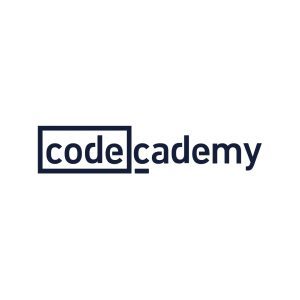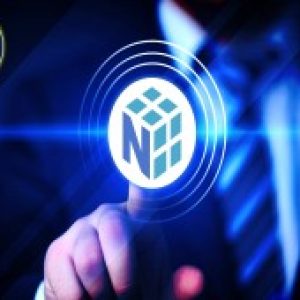Data Science
Showing 1261–1272 of 1577 results

Pygal 2: Python Data Playbook
This course covers the important aspects of building visualizations in Pygal, using styles and configurations to govern chart behavior, rendering and exporting to SVG and other specialized formats, and serving Pygal visualizations in web content.

Python crash course for Data Analysis
A Pandas crash course with Industry focused curriculum | Hands on coding Assignment

Python Data Analysis and Visualization
Learn data analysis and visualization techniques using Python, focusing on libraries such as Pandas, Matplotlib, and Seaborn for effective data representation.

Python Data Analysis and Visualization
Learn to analyze and visualize data using Python, focusing on libraries like Pandas and Matplotlib for effective data storytelling.

Python Data Science Basics with Numpy, Pandas and Matplotlib for Beginners
Covers all Essential Python topics and Libraries for Data Science or Machine Learning Beginner.

Python For Data Analysis and Data Science: Zero To Mastery With Pandas
Learn how to use Python for Data Science, Machine Learning & Data Analysis, Learn Hand's on Pandas and NumPy With 100+ Exercises and 4 Real Life Projects !

Python for Data Science: From the Basics to Advanced
This Free Online Course Includes: 6-10 Hours of Learning CPD Accreditation Final Assessment

Python for Data Science: Working with Data
Learn loops, control flow, and functions while working hands-on to merge, aggregate, and analyze real-world datasets.

Python for Data Science: Working with Data
Learn loops, control flow, and functions while working hands-on to merge, aggregate, and analyze real-world datasets.

PYTHON FULL STACK DEVELOPER COURSE
Python Data Analysis with Pandas

Python Mastering With NumPy For Data Science & Machine Learning
From Beginner to Advanced Level

Python Pandas Full Course
Learn Pandas with 100+ hands_on live running coding examples and exercises
